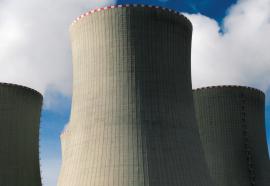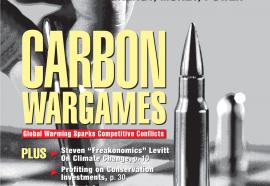Greening IOU Equities
Low-carbon strategies are yielding rewards for shareholders.
Low-carbon and “green” strategies have begun delivering returns for utility shareholders. Whether a company ultimately wins or loses depends on how markets are pricing the risks of possible carbon-control regimes.











